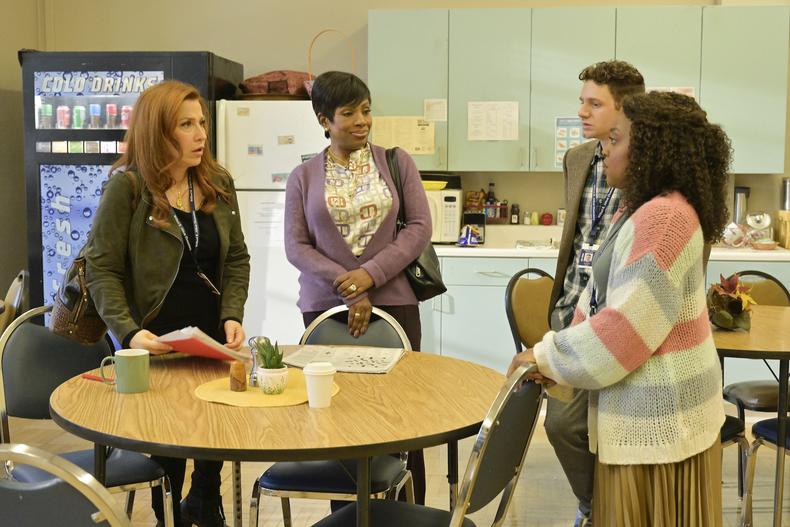Some pilot TV shows cost more to make than many of us could ever dream of earning in a lifetime. While casually watching the latest telly with a cuppa and some biscuits is a great way to unwind on an evening, it’s mind-boggling to think about the number of people working behind the scenes.
We’re talking about thousands of jobs and millions of pounds just to bring you one of the few aired pilot TV shows. Where does all of that money go? And how does an initial concept turn into a bonafide TV show broadcast to millions of homes?
Let’s dive into the mysterious world of TV show production to find out some little-known industry facts about pilots.
Why are They Called Pilot TV Shows?
These one-off episodes are used to set up a TV show and introduce potential plot lines and characters. The pilot episode steers the whole tone and future of the show, which is where the name comes from.
Perhaps more importantly, pilot TV shows are a great way to gauge audience reaction and establish if it’s going to be a hit.
What are the Stages?
Going from ideas to screen takes a host of people working behind the scenes. It’s a lengthy process, with many ideas never making it past the starting line. But what are the stages pilot TV shows need to go through to make it to air?
Pitch
Before any elements of TV show production are even thought about, there must be a concept to pitch. This is the idea of the show itself and how it will work. A meeting is scheduled where the pitch is presented to a studio or TV network to hopefully get the green light to go ahead.
With the wonderful world of pilot TV shows being so competitive, the pitch needs to stand out. Months of research go into this part alone, with the creator needing to understand every tiny detail of the world being created. They then need to immerse themselves and the studio execs into this world. (benzinga.com)
Along with a captivating pitch in person, there’s also a written version called a treatment. This is left behind with network staff to give them a chance to peruse the idea further. It covers characters, storylines and a general overview of the show.
The pitch doesn’t just look at the creative aspect, it covers the business elements, too. TV show production is notoriously expensive with knotty legal elements, such as intellectual property and copyright. Many studios work with specialist media and entertainment business consultants who have a deep understanding of the intricacies of the TV sector.
The pitch stage is crucial. If the pitch doesn’t go well, it’s the end of the road. For the lucky few that get the go-ahead, it’s time to move on to writing the script.
Script
Script-writing is where you bring the ideas from the pitch to life. If you thought getting the pitch right was crucial, the script is even more so. It’s a famously stressful part of TV show production, as this is the stage where network executives have a lot of input.
They’re ensuring the script matches their vision and the budget, yet the scriptwriter is also trying to convey their vision. Unsurprisingly, it’s common for a script to go through many rewrites until everyone involved is happy.
The final version is sent off to network bosses for approval. When they give the green light, the next stage is where costs start to mount.
Production Design
Creating an immersive visual world is the next step. This involves assembling a team of creatives to turn the ideas into a reality. At least to make the viewers at home believe it’s a reality. Dozens of people are tirelessly working behind the scenes to get it just right.
The set designer goes through the script to get a feel for the tone, style and vision. They’ll start running through their ideas with the director, creating moodboards, models and any other visual aids for inspiration.
From building huge sets to adding props for the finishing touches, it all comes under production design. The scope of this job changes dramatically depending on the show. Something like Lord of the Rings had extensive sets across different countries with large amounts of CGI, whereas other shows just need a simple set or two.
Casting
Of course, you can’t have pilot TV shows without actors. While the sets are being created, it’s time to find the right actors to bring the show to life.
Auditions, table reads for actors, table reads for networks and the inevitable recasting are all normal parts of the process. This was famously the case with Game of Thrones. They had to reshoot their pilot and recast a lot of the main characters after network execs requested changes.
“Pilot season” is a real thing in Hollywood, so landing your first-choice actors is a tedious and time-consuming process.
Filming
Once the set, cast and crew are assembled, filming of the pilot TV shows begins. As with all elements of TV show production, it’s not as straightforward as it sounds. The script will continually change, studio bosses will have thoughts and request alterations, and even the cast themselves will have feedback.
How long it takes to film pilot TV shows varies wildly from show to show. Some can wrap after only a couple of days, whereas others take months to film. The average is 5 days for a 30-minute episode and 8 for a 60-minute episode.
Editing
Once the filming finishes, a lot of the work is only just beginning. A whole team is working behind the scenes to make the pilot the best version of itself. Editors will cut, rework and finalise the episode after many, many viewings with studio executives and marketing groups.
After a lengthy process, the final version is sent to network bosses for approval. And then, finally, it’s given the green light to air, and a date is set.
What Next?
Networks will decide which pilot TV shows they want to turn into a series, thinking about timing slots, audience appeal and how it fits their brand.
Only a very fortunate few get series orders and well-deserved celebrating from all those involved. The rest are put on the shelf, with all of the hard work dwindling disappointingly down the drain.
The End of Pilots?
Pilot TV shows can take up eye-watering amounts of time and money. The 60-minutes you see on screen are the end result of months of work and, potentially, millions of pounds.
Hundreds or perhaps thousands of jobs depend on the outcome of pilot TV shows, which is why so much time and effort goes into making a perfect pilot.
With huge streaming services like Netflix creating more “straight to series” shows, are pilots soon to be a thing of the past? Only time will tell.





